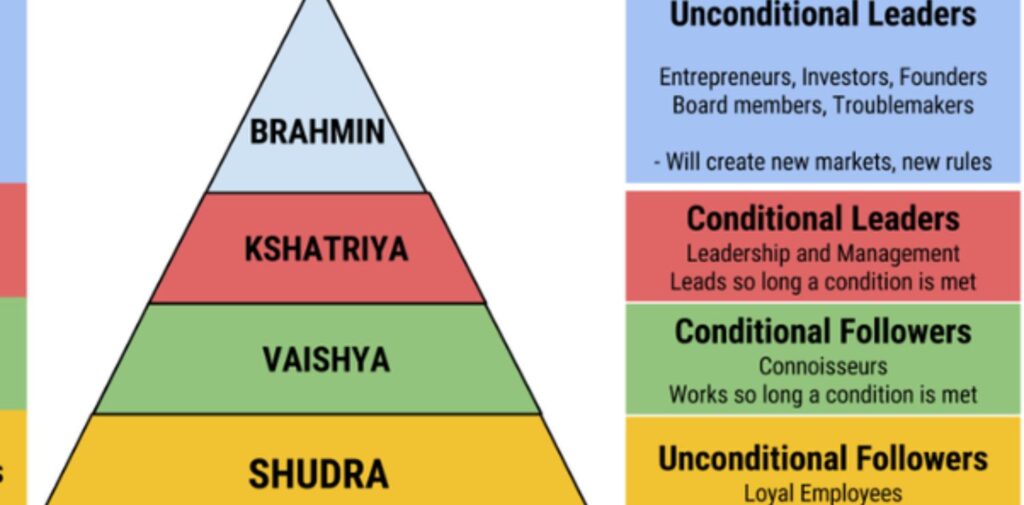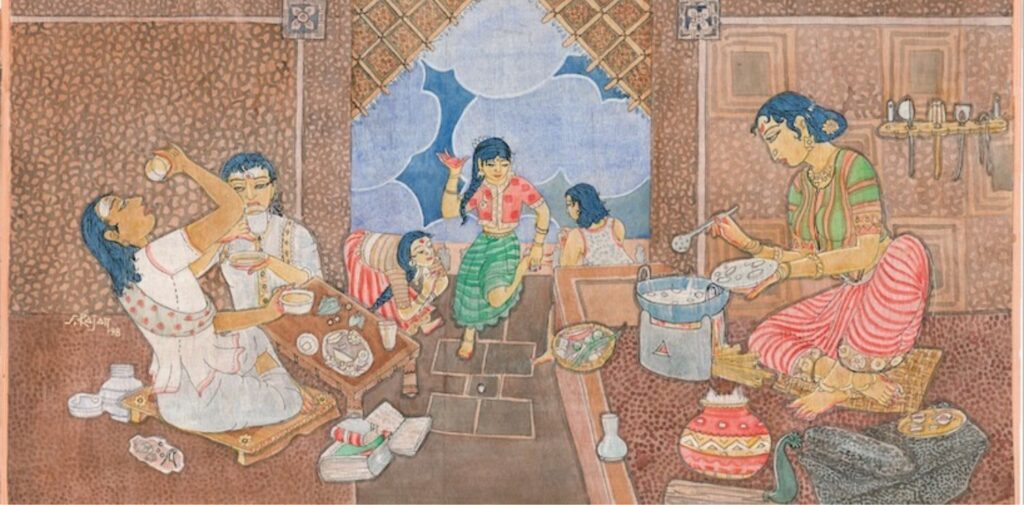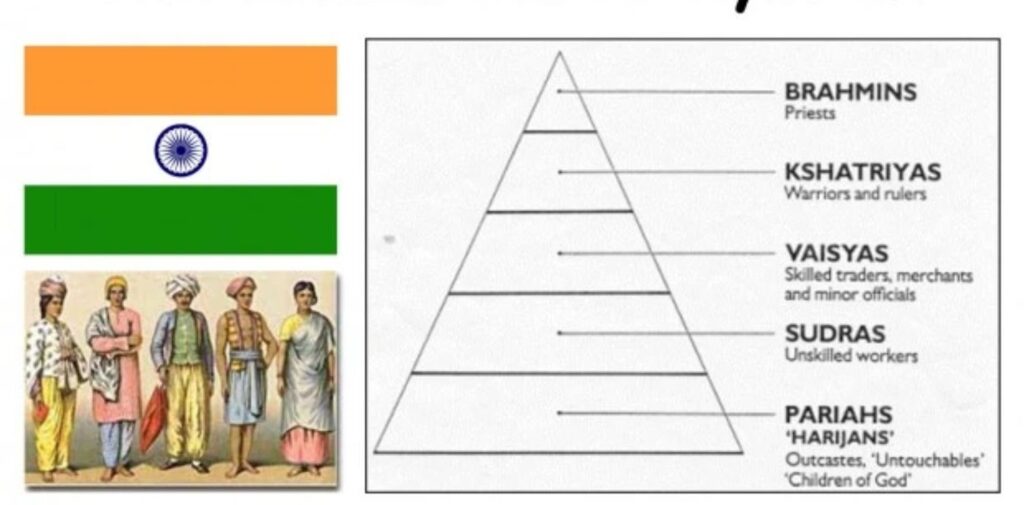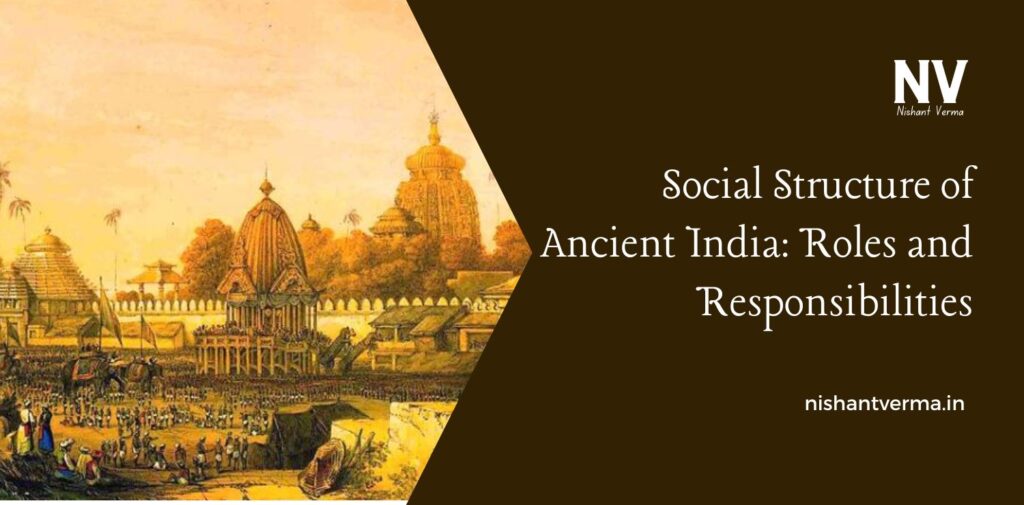Social Structure of Ancient India had a unique and well-organized social system. People in ancient India lived in a society where everyone had a specific role to play. This social system helped maintain order and ensured that all the necessary tasks were done for the society to function smoothly. The social structure of ancient India was based on a system known as the caste system, where people were divided into different groups. Each group had its roles, duties, and responsibilities.
In this article, we will learn about the social structure of ancient India, who was a part of it, and what responsibilities each group had. Let’s take a simple journey through Social Structure of Ancient India society to understand how it worked.
The Caste System: The Foundation of Social Structure
The social structure of ancient India was mainly based on the caste system. This system divided society into different groups, and each group was given specific tasks or jobs. The caste system was not something that people could change, and it was often determined by birth.
There were four main castes, also called Varna in Sanskrit. These four Varnas were:
- Brahmins
- Kshatriyas
- Vaishyas
- Shudras
Let’s explore what each caste represented and the roles that people in each group had to play.

Brahmins: The Scholars and Priests
The Brahmins were the highest caste in the social structure. They were responsible for religious ceremonies, teaching, and maintaining knowledge. Most of the Brahmins were priests and scholars who worked in temples or studied ancient scriptures like the Vedas. The Vedas are very important texts in Hinduism, containing knowledge about life, religion, and the universe.
The Brahmins were highly respected in ancient society because they were considered to know sacred rituals and religious duties. They played a big role in guiding people on how to live a good and moral life according to Hindu beliefs.
In addition to their spiritual duties, Brahmins also taught others. They passed down knowledge about philosophy, science, literature, and arts to younger generations, helping to preserve wisdom for the future.
Kshatriyas: The Warriors and Rulers
The Kshatriyas were the second highest caste and were mainly known as warriors and rulers. They were responsible for protecting the land, enforcing law and order, and ruling over kingdoms or regions. Kshatriyas were trained in warfare and often became kings, queens, generals, or soldiers.
Kshatriyas had the duty to protect the people and ensure the safety of the kingdom. They were brave and strong, often leading their armies in battles. Apart from defending the land, the Kshatriyas also had the responsibility to make important decisions about governance and law.
In some cases, Kshatriyas also helped Brahmins with religious duties. For example, they would sponsor sacrifices or religious festivals to please the gods and ensure peace and prosperity for their kingdoms.
Vaishyas: The Merchants and Farmers
The Vaishyas were the third caste, and they were responsible for trade, agriculture, and wealth creation. They played an important role in keeping the economy running smoothly. The Vaishyas included merchants, farmers, artisans, and businesspeople.
The Vaishyas grew crops, raised cattle, and traded goods. Some were small shopkeepers, while others were involved in larger businesses. Many Vaishyas owned farms and were responsible for feeding the population. They traded goods not only within India but also with other countries through ancient trade routes.
Without the work of the Vaishyas, society would not have been able to function well. Their hard work in agriculture and trade helped to build the wealth of the kingdom. They were also involved in financing religious and social activities, supporting both Brahmins and Kshatriyas in their roles.
Shudras: The Workers and Servants
The Shudras were the lowest caste in Social Structure of Ancient India society. They were the workers, labourers, and servants who did jobs that were needed for the smooth running of society, but which were often considered less prestigious. The Shudras worked in fields, cleaned homes, made pottery, and performed tasks that others could not or would not do.
Even though the Shudras were not as highly respected as the other castes, their work was still very important. They helped maintain the cleanliness of the streets, served food in homes, and assisted in farming and construction. The Shudras were always ready to help others in their daily tasks.
It is important to note that in ancient India, Shudras were often treated unfairly, and their lives were not as easy as the lives of those in the higher castes. However, their role was crucial for the smooth functioning of the society.

The Role of Women in Ancient Indian Society
In Social Structure of Ancient India, women had specific roles, and their responsibilities were often linked to their caste. In general, women took care of the home, children, and family. They were expected to be good wives and mothers and were taught how to run a household efficiently.
In higher castes, Brahmin and Kshatriya women were involved in managing the family and supporting their husbands in their religious and political duties. Some women, like Gargi and Maitreyee, were known for their wisdom and learning, especially in the field of philosophy. However, such women were rare, as the majority of women were not given as much freedom to study or work outside the home.
In lower castes, women were expected to help with physical labour and support their families in farming, weaving, or working as servants.
The Concept of Untouchability
In addition to the four main castes, there were also groups of people who were considered outside the caste system. These people were often referred to as “Untouchables” or Dalits. They were given the hardest and most unpleasant jobs, such as cleaning toilets, working with dead bodies, or dealing with waste.
Dalits were often treated badly and were considered “impure” by society. They were not allowed to live in the same areas as other castes and were often forced to live in separate areas outside the main village or town. Sadly, their lives were filled with discrimination and injustice.
Although the caste system has been officially abolished in modern India, the struggles of Dalits are still remembered as part of India’s history.

The Changing Role of the Caste System
Over time, the rigid caste system began to face challenges. As India evolved, many thinkers, leaders, and social reformers began to criticize the caste system for its unfair treatment of people, especially the lower castes and women. Social reformers like B.R. Ambedkar worked to bring equality to all people, regardless of their caste or background.
India’s Constitution, which was created after independence in 1947, officially abolished the caste system and gave equal rights to all citizens. Today, all people in India are considered equal, no matter which caste they belong to.
Conclusion – Social structure of ancient India
The social structure of ancient India was complex, with each group having its roles and responsibilities. While the caste system provided a way for society to function smoothly, it also created divisions and inequalities. The Brahmins, Kshatriyas, Vaishyas, and Shudras all had important tasks that contributed to the well-being of the society.
Although the caste system is no longer practised in modern India, understanding how it worked helps us learn about the history and culture of ancient India. Today, India continues to work towards equality and justice for all its people, regardless of their background.




